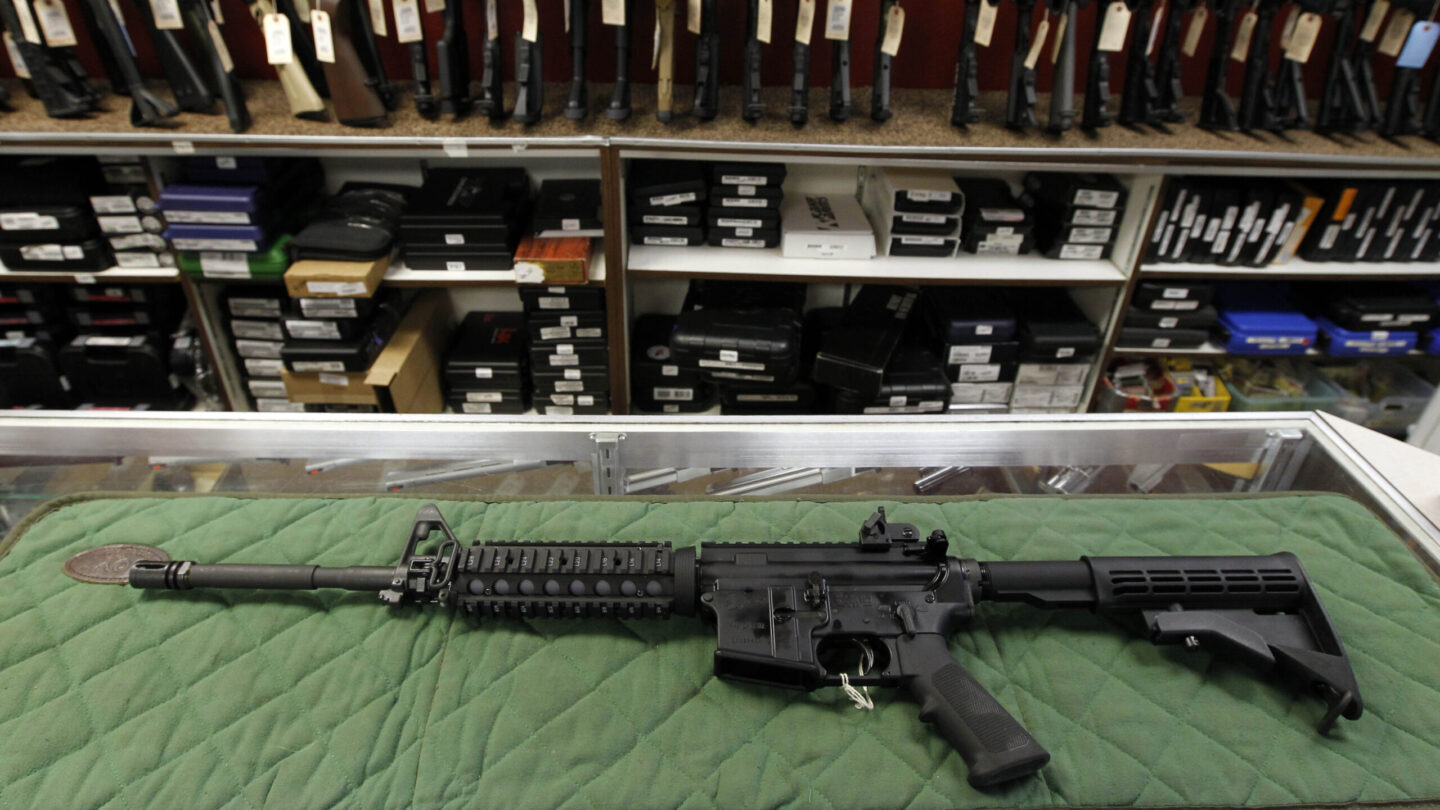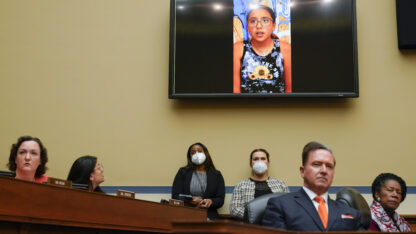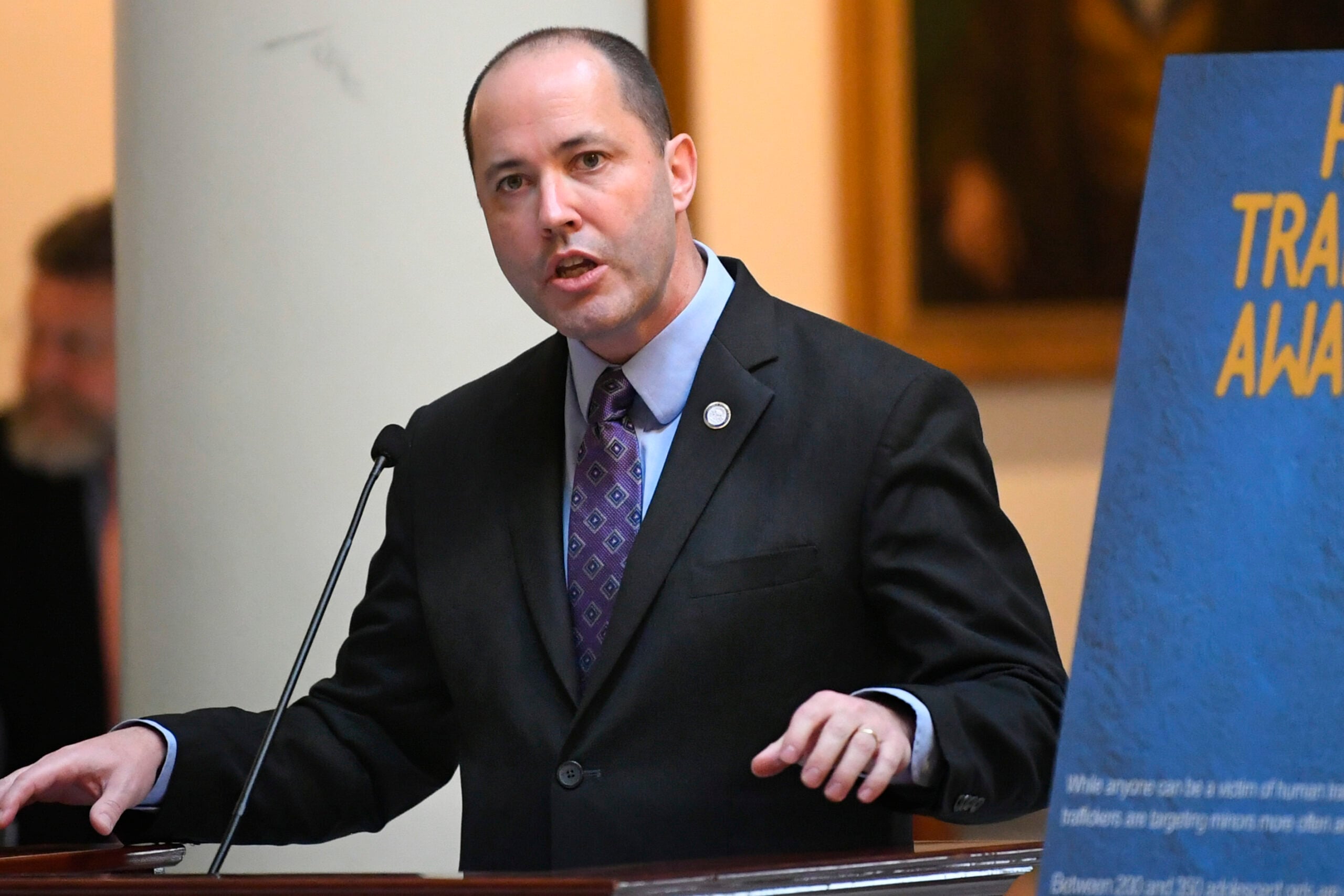Uvalde, Texas. Buffalo, N.Y. Parkland, Fla. Three mass shootings in three states — 48 people killed in total. In each attack, the shooter legally purchased a gun before he turned 21.
As was the case with Parkland in 2018, last month’s violence in Texas and New York has renewed demands for lawmakers to raise the minimum age to purchase certain guns to 21. Federal law already restricts the ability of anyone younger than 21 to legally buy a handgun, but to purchase a long gun — like the semi-automatic AR-15-style rifles used in Buffalo, Uvalde and Parkland — you only need to be 18.
Some states have moved to eliminate that gap. On Monday, New York became the seventh state in the nation to prohibit the sale of semi-automatic rifles to anyone under the age of 21, joining Florida (which changed its laws after Parkland), California, Hawaii, Illinois, Vermont and Washington. In most of the rest of the country, loopholes in state laws allow 18-year-olds to buy or own a handgun. In roughly half the states, there is no age limit on who can possess a long gun.
With gun violence now the leading cause of death among young people, gun control advocates say there is an urgent need to raise the minimum age to buy semi-automatic rifles and other long guns. They point to the steep decline in motor vehicle crashes after the legal drinking age went up to 21 in 1984 as one argument for why stricter gun laws could save lives. There has been a 16% decline in crashes, according to the Centers for Disease Control and Prevention, and hiking the legal drinking age is credited with preventing thousands of deaths.
“Effective policy has to apply to a wide range of folks with varying degrees of risk,” says Cassandra Crifasi, deputy director of the Johns Hopkins Center for Gun Violence Solutions. “It’s quite possible that there had been people who could drink at 18, 19, 20 and were perfectly responsible. But we also know that there were people [for whom] there were substantial risks associated with it, and in order to provide safety and preventive measures for the most folks, then it was raised for everybody.”
The same logic can apply to raising the minimum age for firearms, says Crifasi.
“There are individuals who absolutely could safely buy and use and own long guns. … But there are folks who can’t, and we’ve seen that demonstrated with immense tragedy in the last few weeks with Uvalde and with Buffalo.”
Age limits for gun ownership are linked to lower suicide rates
Unlike alcohol-related traffic deaths, where there is more clear-cut before and after data to compare, it’s tougher to estimate how many lives might be saved by raising the minimum age to buy a firearm. That’s not because the laws don’t work, according to experts on gun violence. Rather, they say, it’s because for more than two decades, the gun lobby and Republican allies in Congress effectively blocked federal funding for firearms research. And because only a small number of states have changed their laws, there has only been a relatively small sample size to analyze.
While the research remains limited, a handful of studies have found that raising the minimum purchase age can help reduce suicides, the most common form of gun deaths.
In one study published in the journal BMJ, researchers found that where states limit handgun sales to those 21 and older, there was an 18% drop in the suicide rate among 18- to 20-year-olds between the years 2001 and 2017. States where the minimum purchase age was 18 saw, on average, 344 more deaths per year, according to the study.
“That’s a huge effect,” said Michael Siegel, one of the study’s authors and a professor of public health and community medicine at Tufts University School of Medicine. “Clearly, keeping guns out of the hands of these young, young adults has a profound effect on suicide rates. And it makes sense because we know that the greatest factor that affects suicide rates is the availability of lethal means, which basically means a gun.”
An earlier study published in the Journal of the American Medical Association reached a similar conclusion: States that raised the minimum purchase age to 21 saw a 9% decline in rates of firearm suicides among 18- to 20-year-olds.
Other research has more generally suggested that even if raising age limits would not end the threat of school shootings — which account for a fraction of overall gun deaths — such laws might still help curtail overall gun violence. For example, a study in the journal Injury Prevention of inmates in prison for crimes committed with firearms found that 17% would have been unable to buy a gun if their state had a law that prohibited possession by anyone under 21. And even though 12- to 24-year-olds make up less than a fifth of the population, they commit just under half of all firearm homicides, according to data from the Department of Justice.
There are obstacles in Congress and the courts
Raising the age limit for certain gun purchases is broadly popular. A 2019 study by researchers at the Johns Hopkins Center for Gun Violence Solutions found that 73% of respondents — and 61% of gun owners — said they supported requiring an owner of a semi-automatic rifle to be at least 21.
“If you ask people if you should ban assault weapons or large capacity magazines, you generally see lower support,” said Crifasi. “It’s one of the few policies where we don’t see majority support among gun owners. But you do see really substantial support among lifting the minimum age to buy those kinds of firearms.”
Efforts to raise the purchase age, however, face headwinds on multiple fronts. On Wednesday, the Democratic-controlled House passed some of the most sweeping gun control legislation in years, including a measure that would set a minimum age of 21 for semi-automatic rifle purchases. But the bill is all but certain to fail in the Senate, where Democrats lack the votes to overcome a Republican filibuster. Senate negotiators have been racing to finalize agreement on a separate package of gun control proposals, but those talks have centered on measures to address school safety, mental health and so-called red flag laws to remove guns from potentially dangerous owners.
That would push action to the states, where legal challenges could present yet another hurdle. Last month, a U.S. appeals court in California by a 2-1 vote ruled that the state’s ban on the sale of semi-automatic weapons to adults under 21 is unconstitutional.
In reaching its decision, the court sided with a coalition of gun rights advocates who argued that age-based gun bans were discriminatory.
“America would not exist without the heroism of the young adults who fought and died in our revolutionary army,” Judge Ryan Nelson wrote. “Today we reaffirm that our Constitution still protects the right that enabled their sacrifice: the right of young adults to keep and bear arms.”
If you or someone you know may be considering suicide, contact the National Suicide Prevention Lifeline at 1-800-273-8255 (en español: 1-888-628-9454; deaf and hard of hearing: 1-800-799-4889) or the Crisis Text Line by texting HOME to 741741.
Copyright 2022 NPR. To see more, visit https://www.npr.org.
9(MDAxODM0MDY4MDEyMTY4NDA3MzI3YjkzMw004))

9(MDAxODM0MDY4MDEyMTY4NDA3MzI3YjkzMw004))








